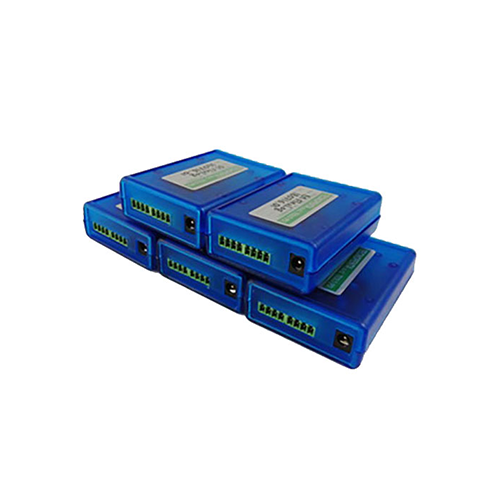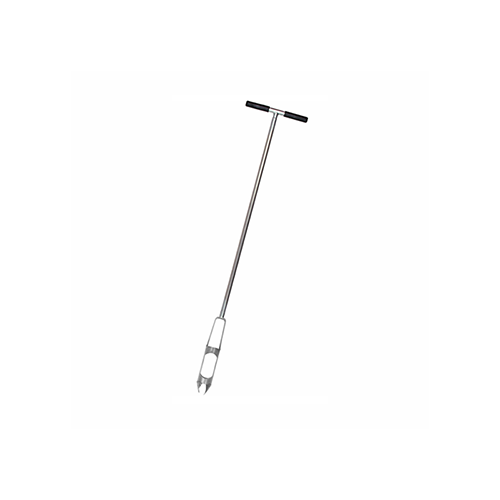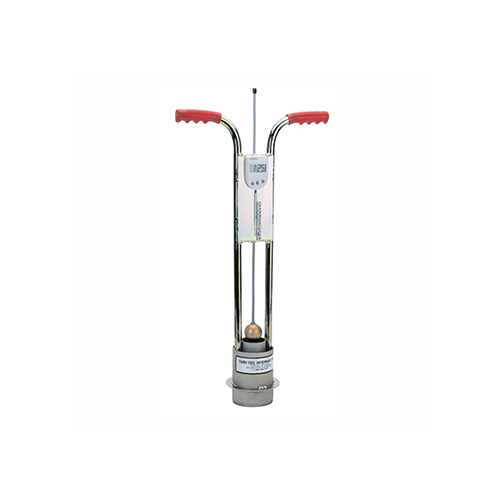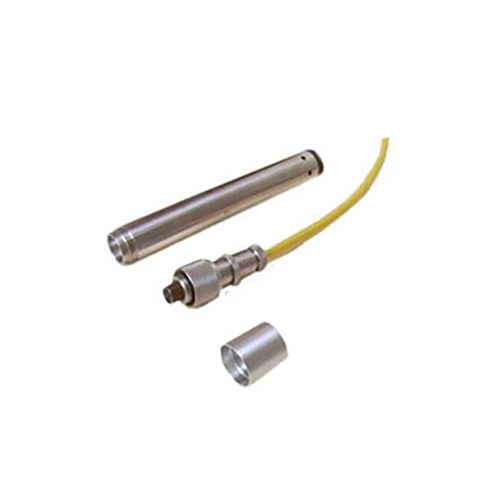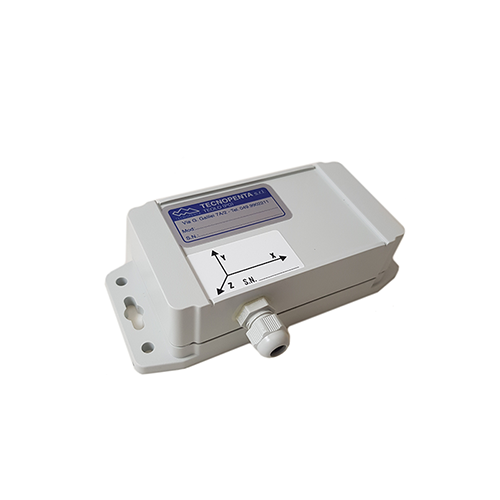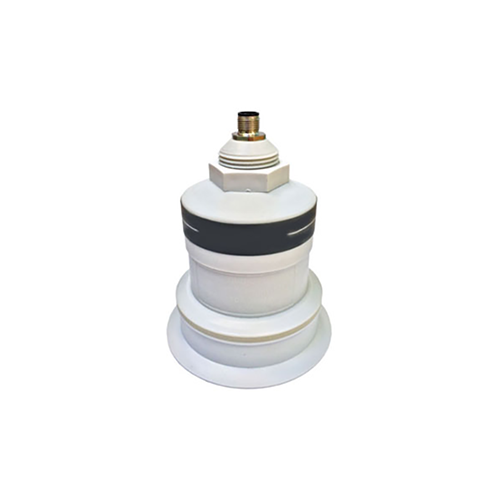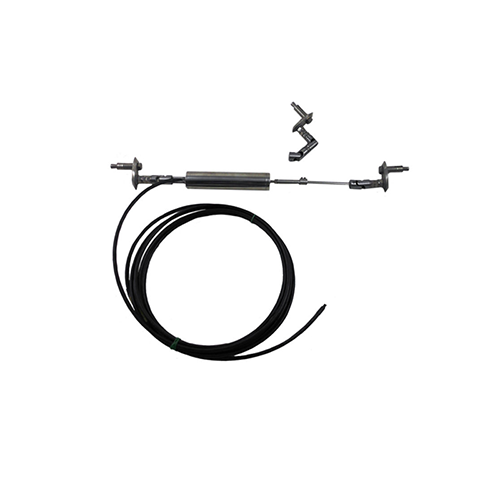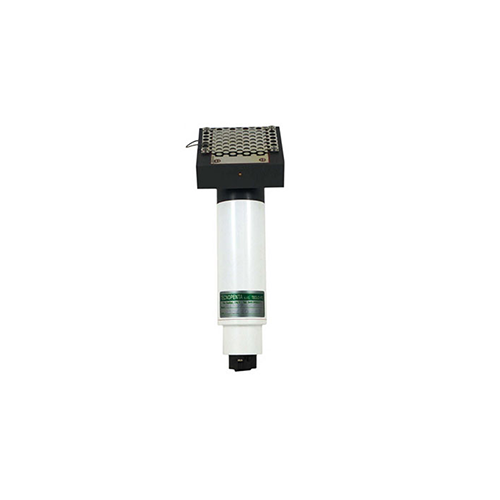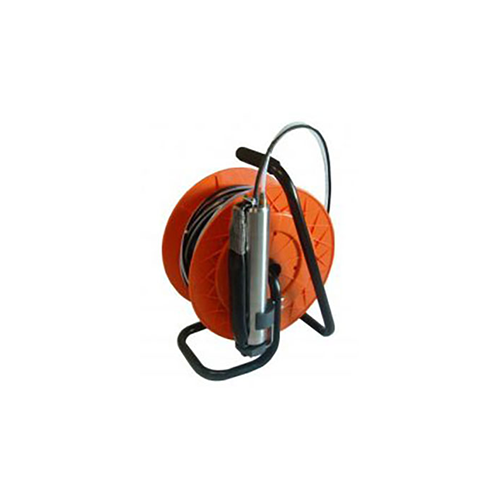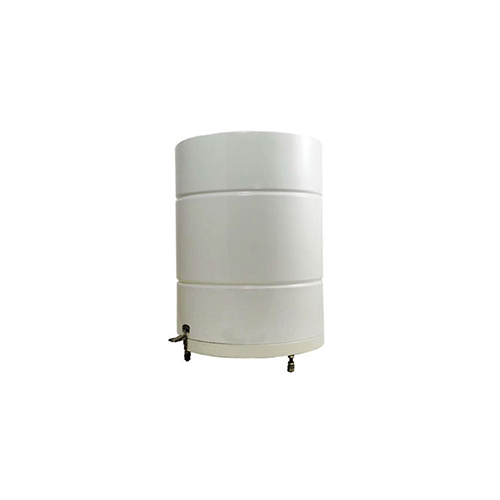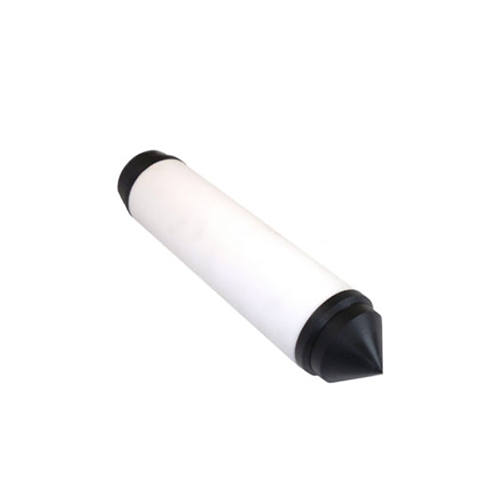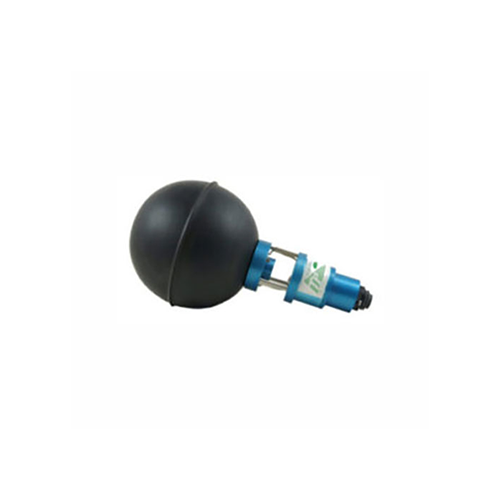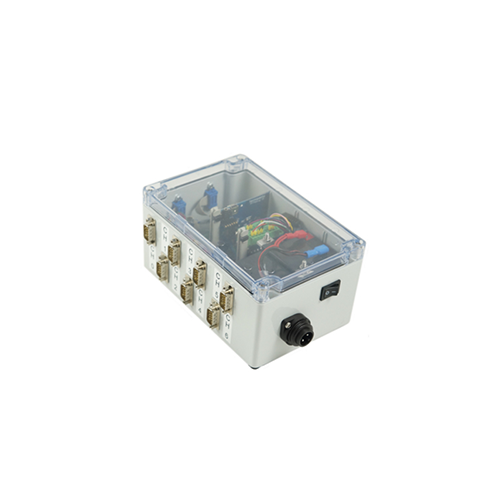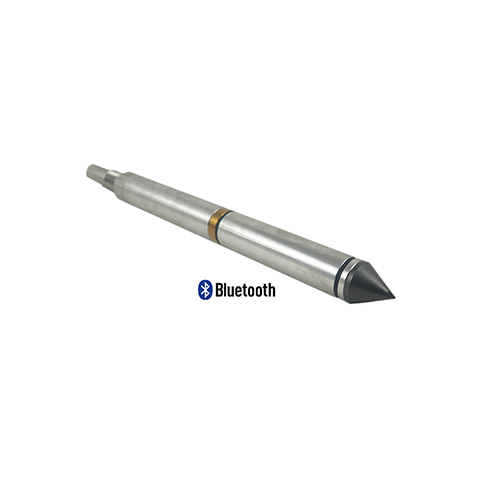METHOD OF USE
Simply set the timer for 15 minutes and insert the double ring cutting blades into the soil until the depth limiting ring sits against the surface; then you fill both rings with clean water and start the timer.
Fifteen minutes later, when the timer rings, the position of the pointer on the scale indicates the rate of water infiltration in inches or millimeters.
To know the infiltration rate in one hour, simply multiply the recorded result by four.
*Water level scale in inches and millimeters and easy-to-read pointer.
ENGINEERING APPLICATIONS
Wetland assessment; Urban runoff; Drainage basins; Retention ponds; Infiltration pits; Percolation holes; Stormwater planning; Rainwater drainage; Site planning. SCHEMA DEGLI USI
- EST SATURO (metodo più affidabile): questo test viene eseguito posizionando l’infiltrometro direttamente nel terreno da testare, riempiendo gli anelli 2-3 volte così da permettere all’acqua di percolare tra i pori; una volta che il terreno è saturo si può procedere all’esecuzione del test.
- TEST DELL’UMIDITA’(metodo più rapido): il test utilizza un sensore di umidità in cui le letture dei dati devono essere effettuate a 2.5 ,5 e 7.5 cm di profondità.
- TEST SU AREE IRRIGUE: per assicurare un corretta lettura dell’infiltrazione nelle aree irrigate utilizzare lo strumento circa un’ora dopo l’irrigazione. Quando si utilizza questo metodo bisogna assicurarsi che non vi siano verificate precipitazioni nelle 48 ore precedenti al test.
- TEST AMBIENTALI: utilizzato per testare le aree di contenimento di serbatoi di carburante e per il calcolo dei tempi di pulizia delle fuoriuscite.
SCHEME OF USES
- SATURATED EST (most reliable method): this test is performed by positioning the infiltrometer directly in the soil to be tested, filling the rings 2-3 times so as to allow the water to percolate between the pores; once the soil is saturated the test can be carried out.
- HUMIDITY TEST (quickest method): the test uses a humidity sensor in which data readings must be taken at 2.5,5 and 7.5 cm depth.
- TEST ON IRRIGATED AREAS: to ensure a correct reading of the infiltration in the irrigated areas, use the instrument approximately one hour after irrigation. When using this method you must ensure that there has been no precipitation in the 48 hours prior to the test.
- ENVIRONMENTAL TESTING: Used to test fuel tank containment areas and to calculate spill cleanup times.
The infiltration data can be variable from area to area based on the vegetation cover, the content of organic matter present in the soil, the compaction and structure of the soil and other factors, for this reason the readings taken should not be taken as conclusive. The best way to ensure that the infiltration results are consistent is to record the infiltration rate on each area in order to make comparison possible following any changes to the area under study.
HOW TO USE YOUR READINGS Infiltration data can be used to adjust the amount of water delivered to each irrigation zone. Excessive surface water decreases oxygen levels in the soil, reduces the growth of root systems and increases exposure to disease-related problems.
CHARACTERISTICS
- STURDY CONSTRUCTION
- DEPTH LIMITING RING
- DOUBLE RING TO INCREASE PRECISION
- READING TIMER
- SOUND ALARM SETABLE FROM 1 SECOND TO 100 MINUTES
- QUICK ON/OFF SWITCH
- WATER LEVEL SCALE IN INCHES AND MILLIMETERS
- EASY TO READ FLOATING POINTER
- NON-INVASIVE CUTTING TEST IN CEMENTED STEEL RESISTANT TO ABRASION






